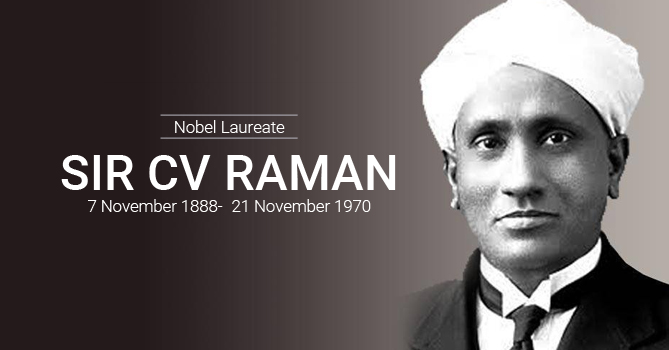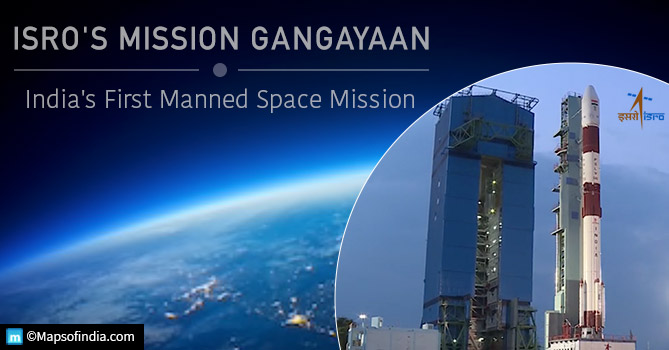
“All of us have seen that the sea appears blue, but we know from routine life experiences that water has no colour at all. Have we ever thought why water acquires colour in rivers and seas?” These were the words of Sir Chandrasekhara Venkata Raman, the first Indian, Asian, Non-White person to win the Nobel Prize for Physics in 1930 for his pioneering work on scattering of light. On his death anniversary, we honour the man for his vision and grit in not only discovering the “Raman Effect” but for also putting India’s science on the world map.
Although Indian civilization has come a long way with its myriad of discoveries and philosophies, none of them found a stage before the global community. Since then, the European and American scientific community has been dominating the scientific map of this world. What C V Raman did was to debunk that hegemony and establish India’s scientific legacy. He pretty much science a dreamable career for generations to come.
Here are some interesting facts about the scientist Sir C V Raman which you might not be aware of.
Did You Know?
- C.V. Raman was the parental uncle of Subrahmanyan Chandrasekhar – another Nobel Laureate.
- His son Venkatraman Radhakrishnan was a space scientist and was a member of Royal Swedish Academy of Sciences.
- Raman attended school on a scholarship at the age 13.
- He had a deep interest and worked in magnetic and electrical anisotropy, human vision physiology and optics of colloids.
- He opened a company with Dr Krishnamurthy. The company was known as Travancore Chemical and Manufacturing Co. Ltd. and it manufactured potassium chlorate for the match industry. The company was opened in 1943 and it exists even today by the name TMC Limited.
- The Raman Effect is considered very significant in analysing the molecular structure of chemical compounds.
- Also, in 1954 he was awarded Republic of India’s highest civilian award” BharatRatna” award.
Life of C V Raman:
Chandrasekhara Venkata Raman was born at Tiruchirappalli in Southern India on 7th November 1888. His father was a lecturer in mathematics and physics so that since only he was immersed in an academic atmosphere. He entered Presidency College, Madras in 1902. He excelled in his studies and in 1907, he gained his M.A. degree with the highest distinction. His earliest researches in optics and acoustics – the two fields of investigation to which he has dedicated his entire career – were carried out while he was a student.
During Raman’s time, a scientific career did not appear to present the best prospects. So, Raman joined the Indian Finance Department in 1907 and he kept on working to find opportunities for carrying on experimental research in the laboratory of the Indian Association for the Cultivation of Science at Calcutta (of which he became Honorary Secretary in 1919).
Among his other interests have been the optics of colloids, electrical and magnetic anisotropy, and the physiology of human vision.
Raman has been honoured with many honorary doctorates and memberships of scientific societies. He was elected a Fellow of the Royal Society early in his career (1924) and was knighted in 1929.
This autobiography or biography was written at the time of the award and first published in the book series Les Prix Nobel. It was later edited and republished in Nobel Lectures.
Sir Chandrasekhara Venkata Raman – died on November 21, 1970.




